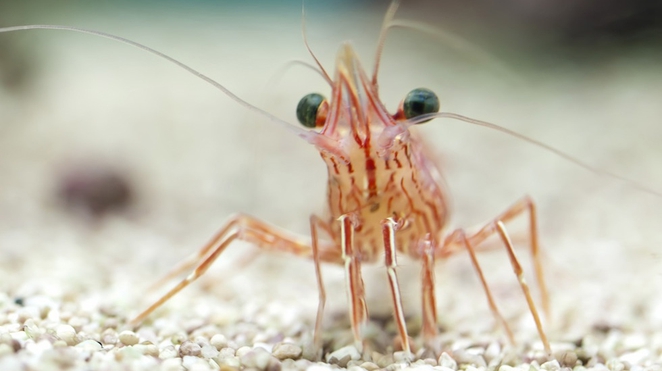Eating Shrimp Is Harmful To The Environment and Your Health
Shrimp is either farmed or wild, but neither option is good for the environment. Farmed shrimp are kept in pools on the coast, where the tide can refresh the water and carry waste out to sea. Ponds are prepared with heavy doses of chemicals such as urea, superphosphate, and diesel. Then the shrimp receive pesticides, antibiotics (some that are banned in the U.S., but used overseas), piscicides (fish-killing chemicals like chlorine), sodium tripolyphosphate, borax, and caustic soda.
Wild shrimp isn’t a better option because it usually involves the use of deep-sea trawlers, which kills 5 to 20 pounds of “bycatch” (unwanted species of fish accidentally scooped up by the trawler’s net) for every pound of shrimp. Trawling is comparable to bulldozing an entire section of rainforest to catch a single species of bird. “[The bycatch] includes sharks, rays, starfish, juvenile red snapper, sea turtles and more. While shrimp trawl fisheries only represent 2 percent of the global fish catch, they are responsible for over one-third of the world’s bycatch.” Then the bycatch gets tossed over the side of the boat.
As for health risks, Richardson says that most shrimp is not inspected by the FDA. In fact, when researchers tested imported ready-to-eat shrimp, they found 162 separate varieties of bacteria with resistance to 10 different antibiotics.
Stop eating shrimp!
source: http://www.treehugger.com/green-food/shrimp-may-be-small-their-environmental-impact-devastating.html
